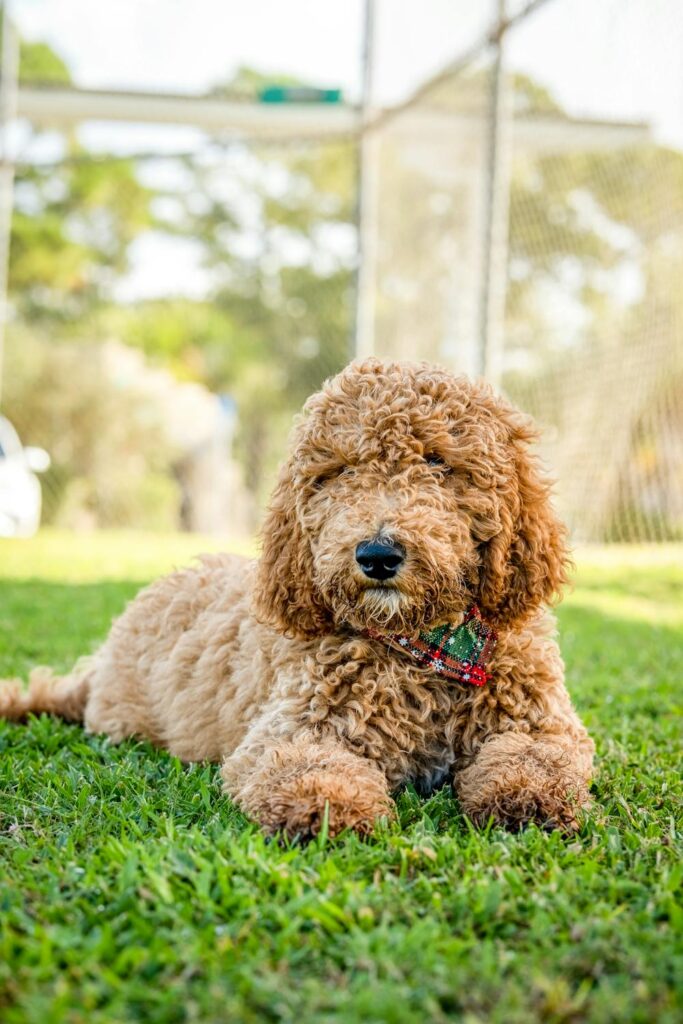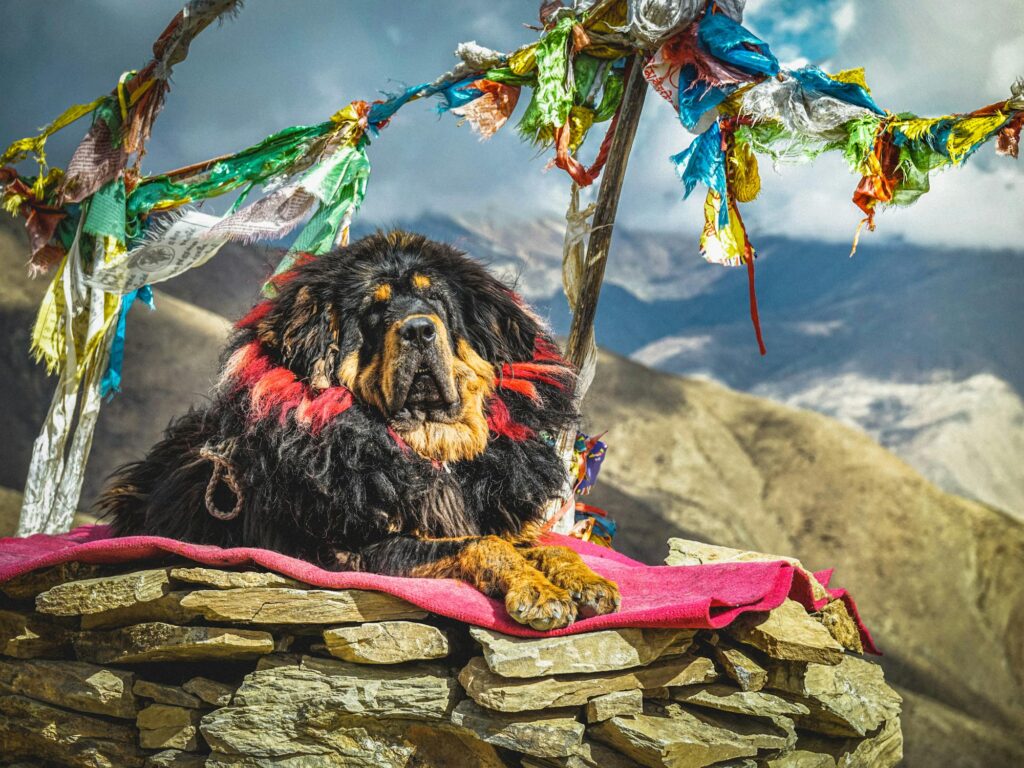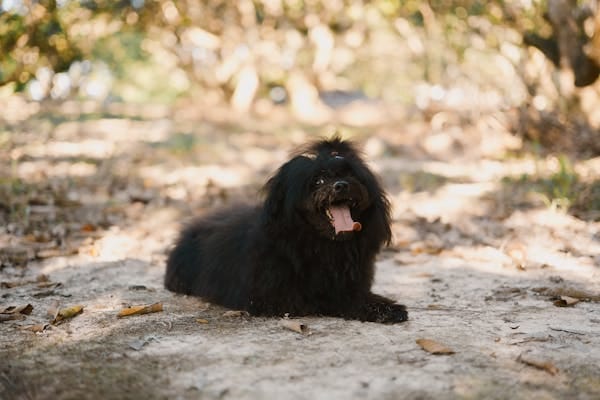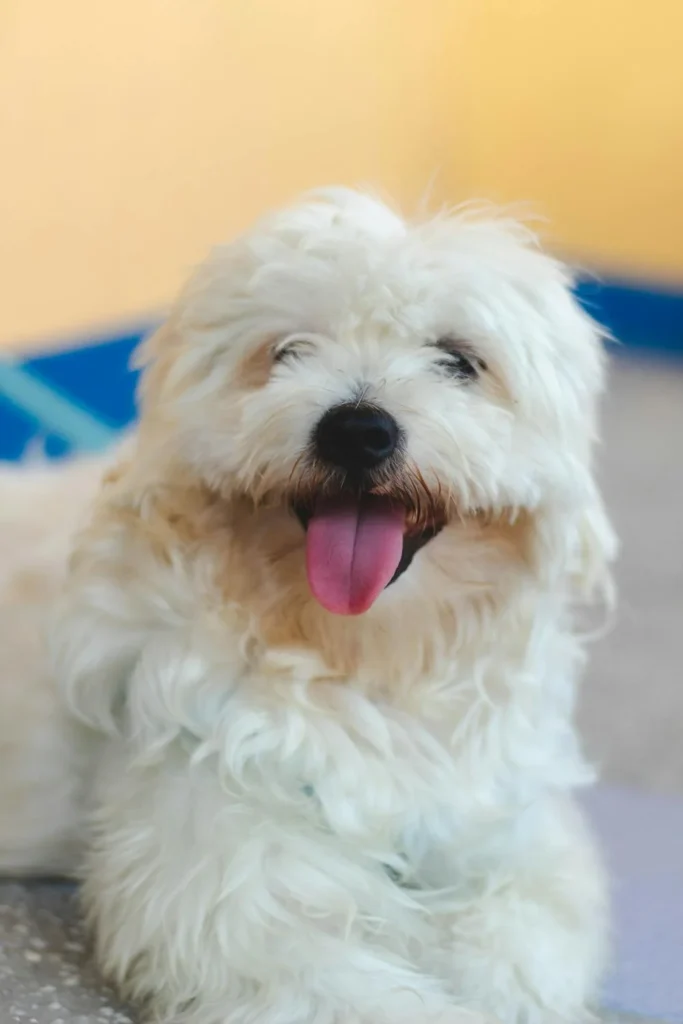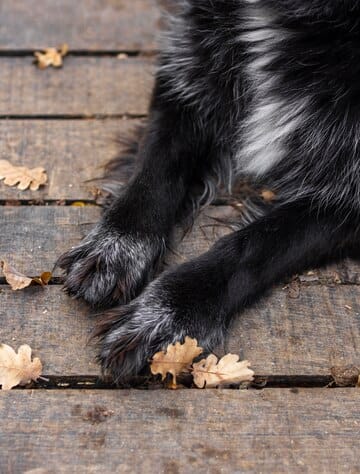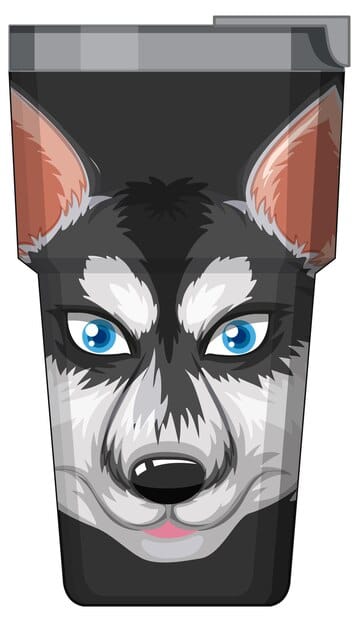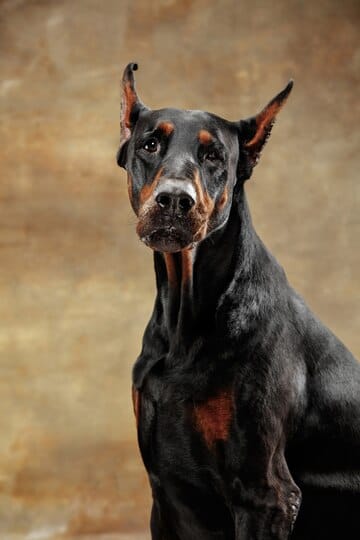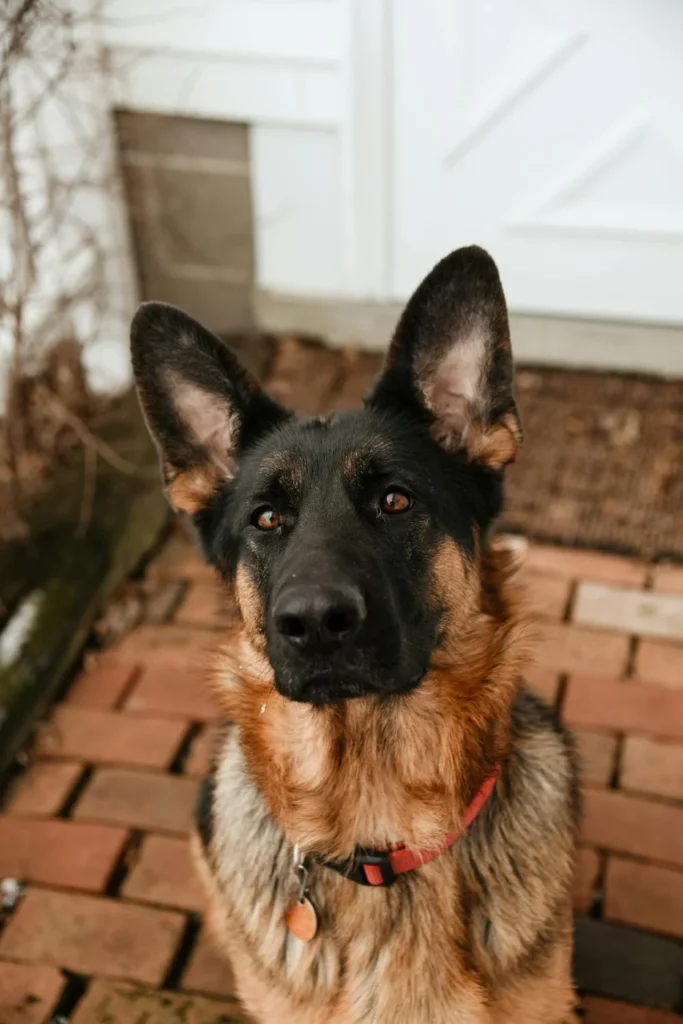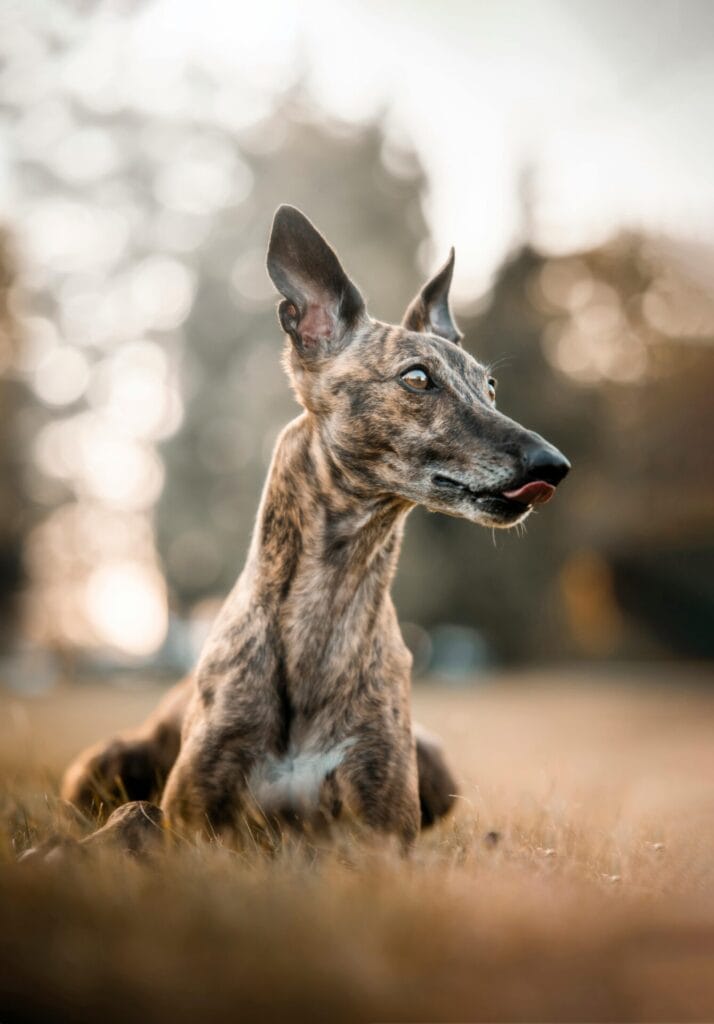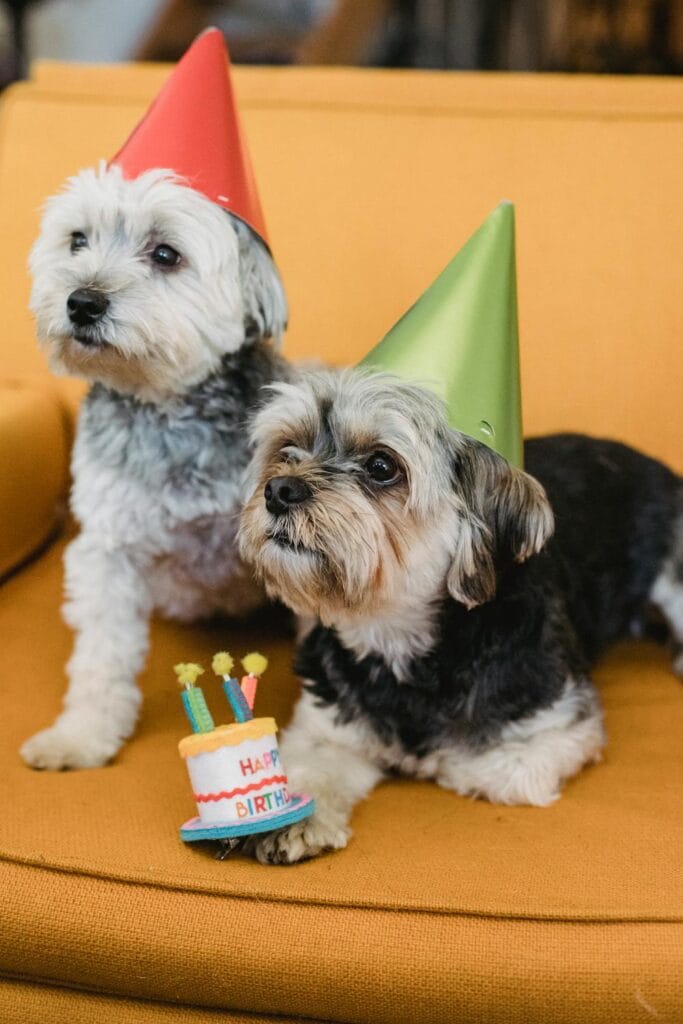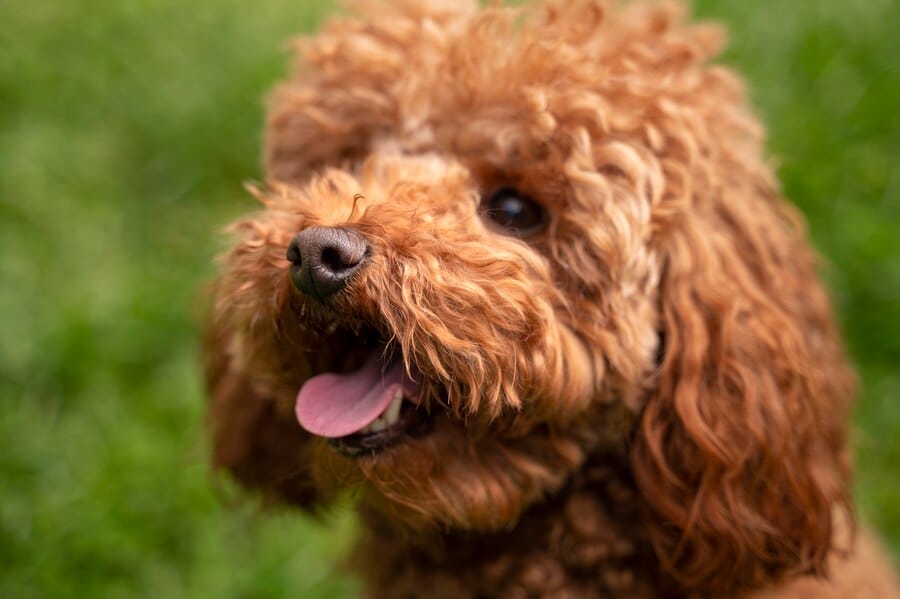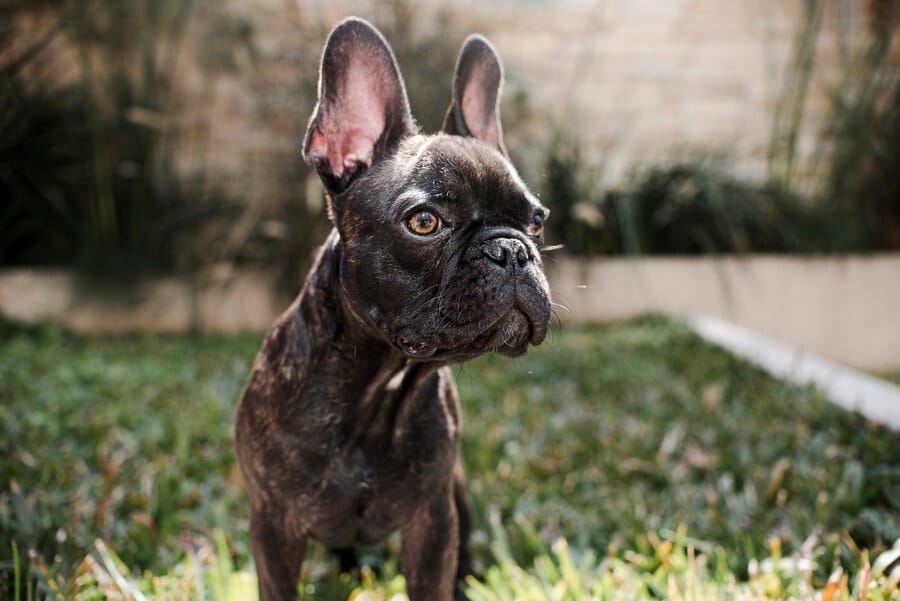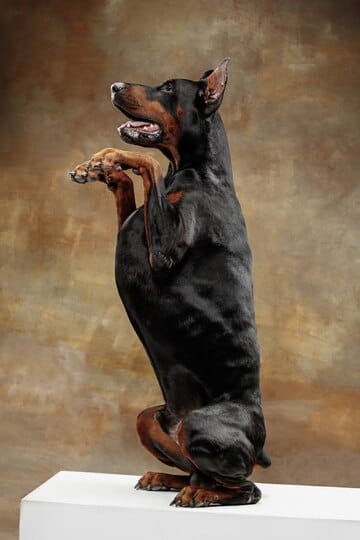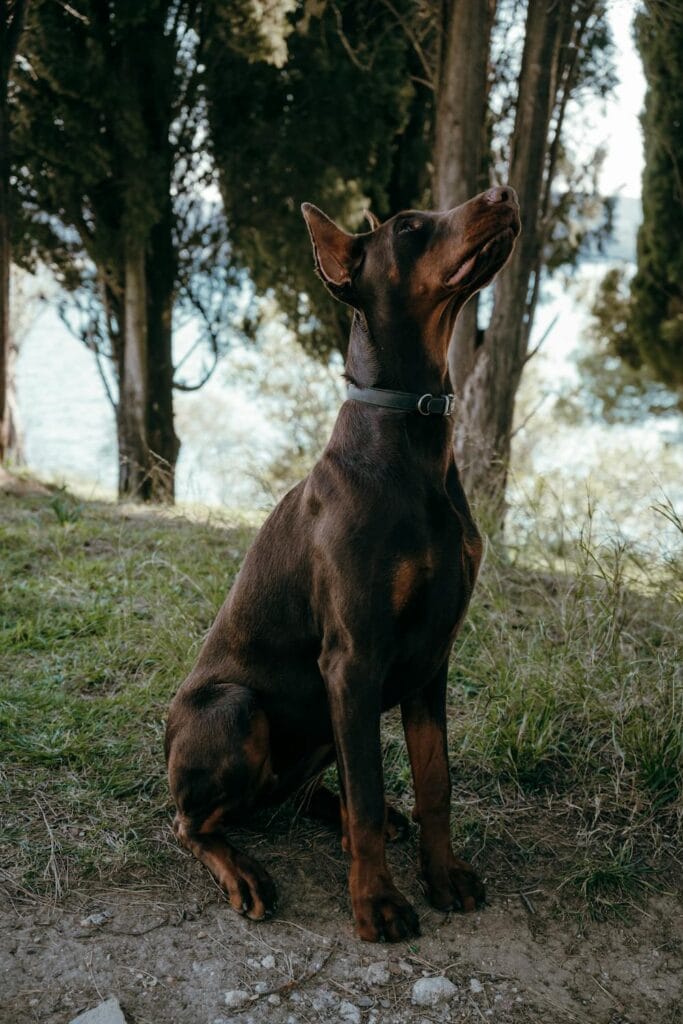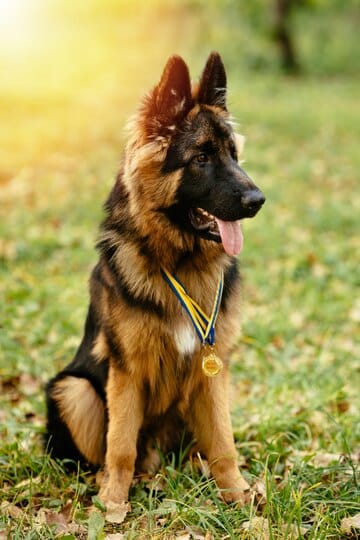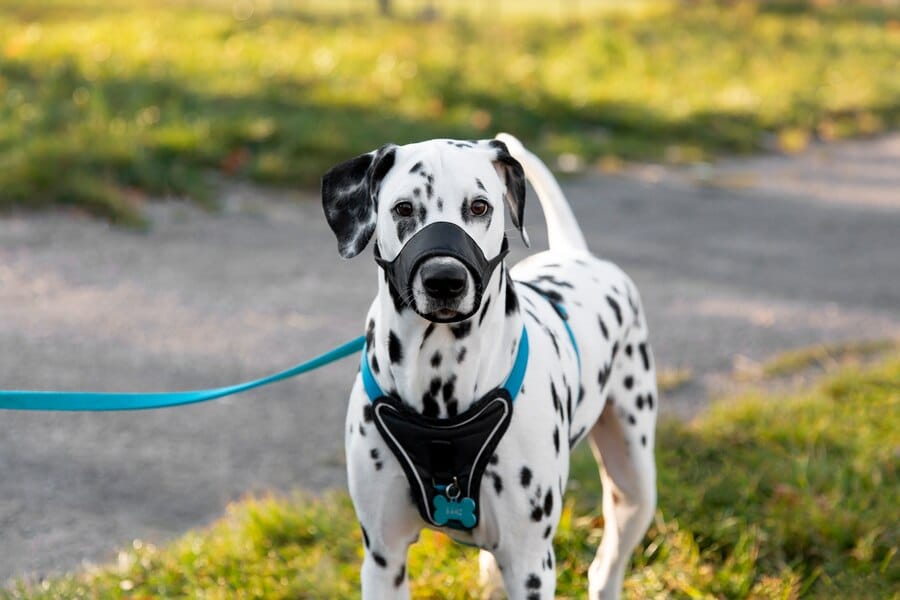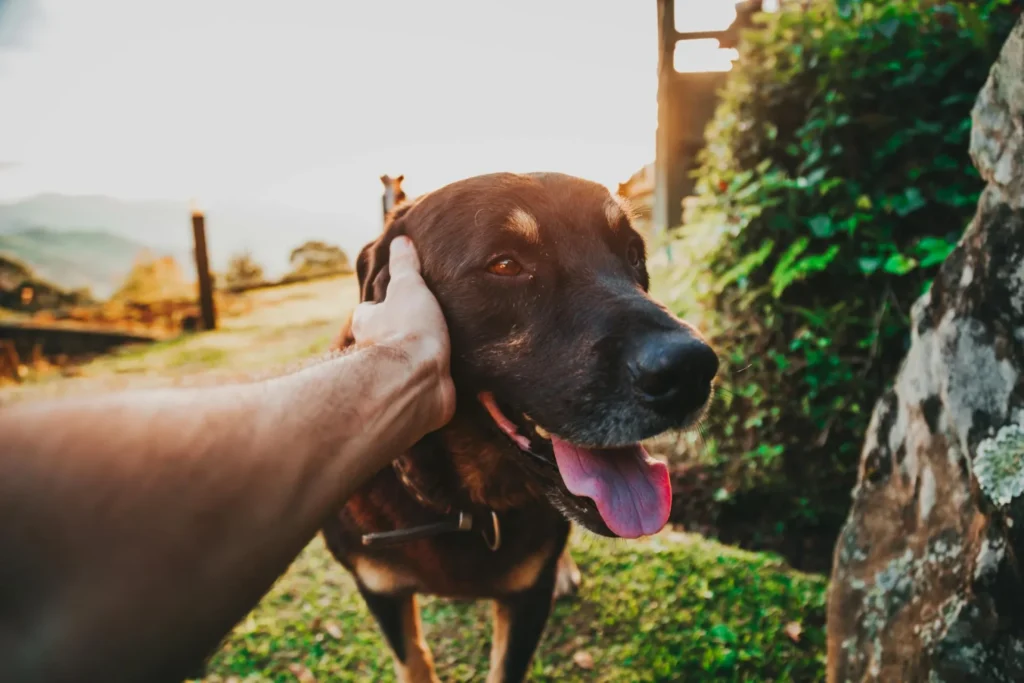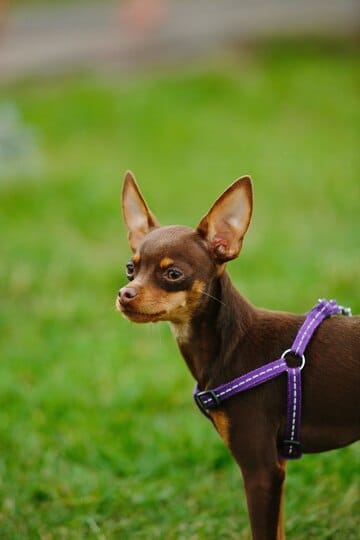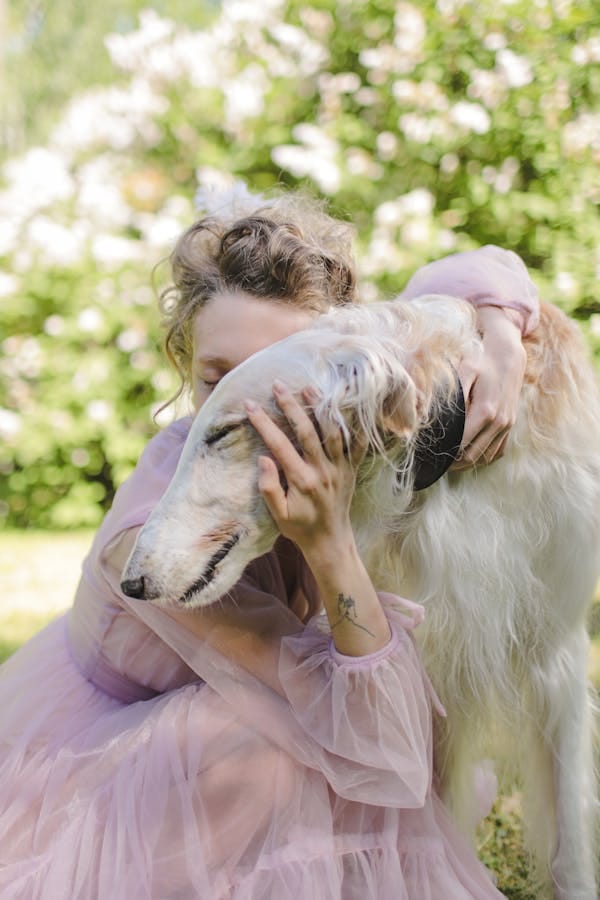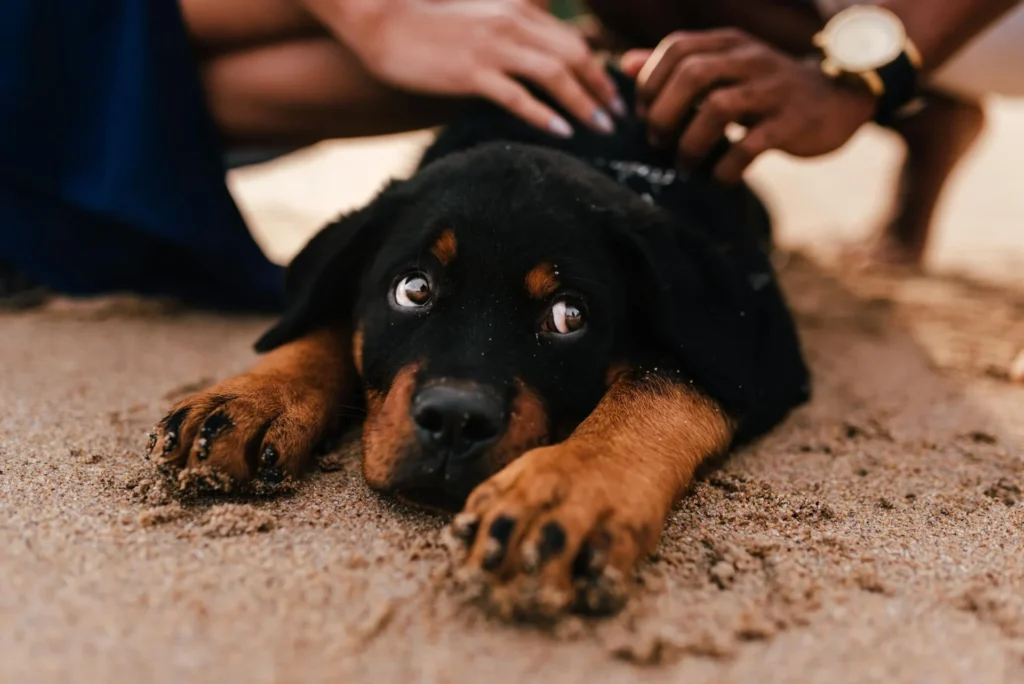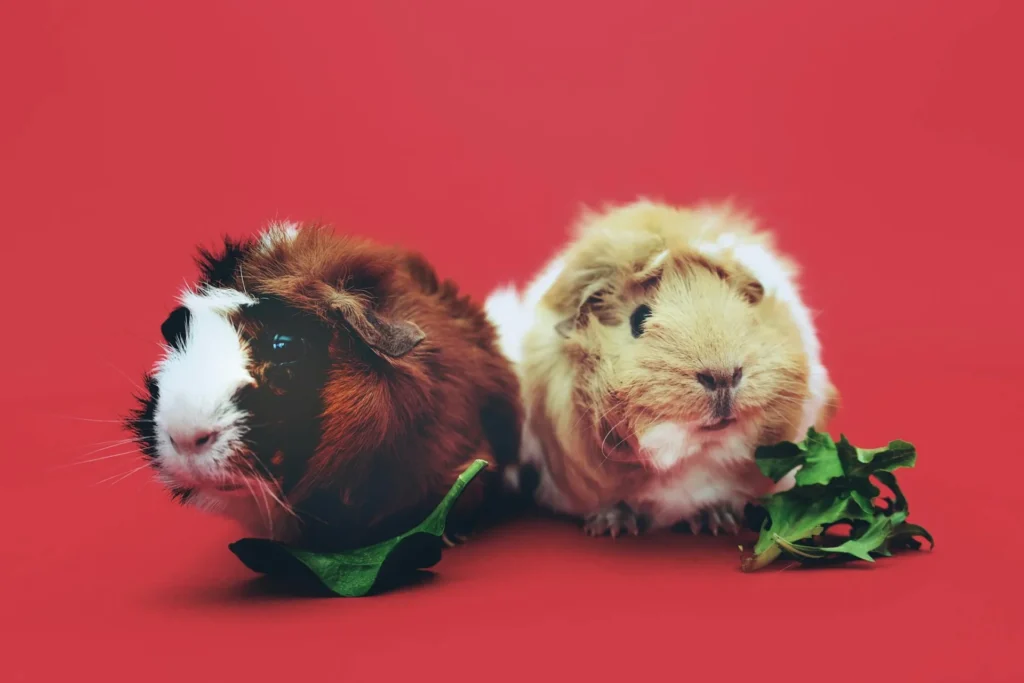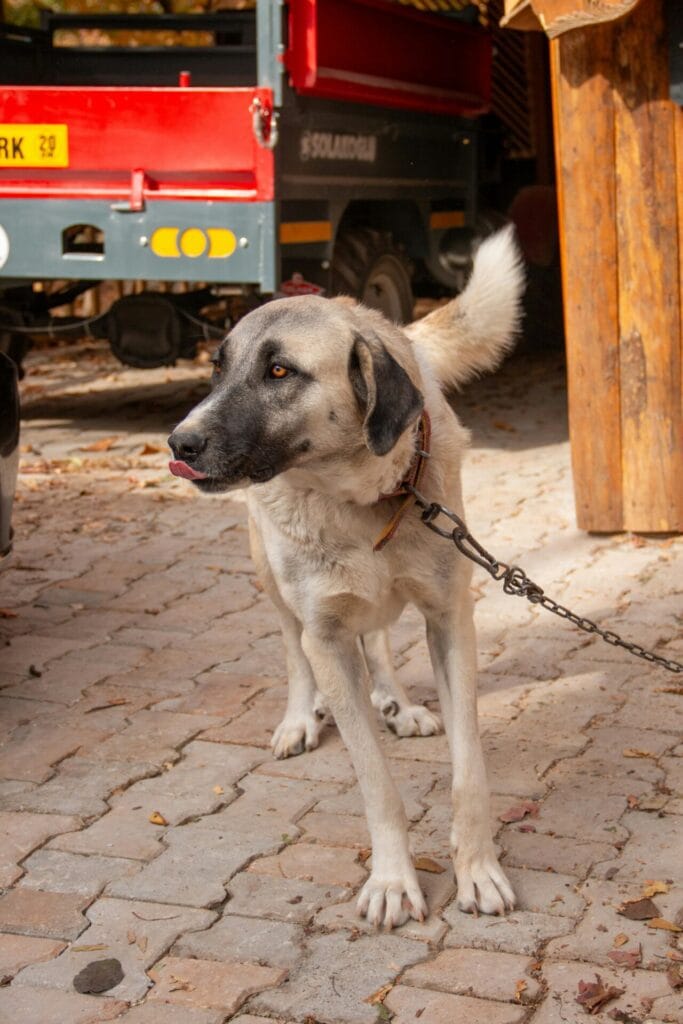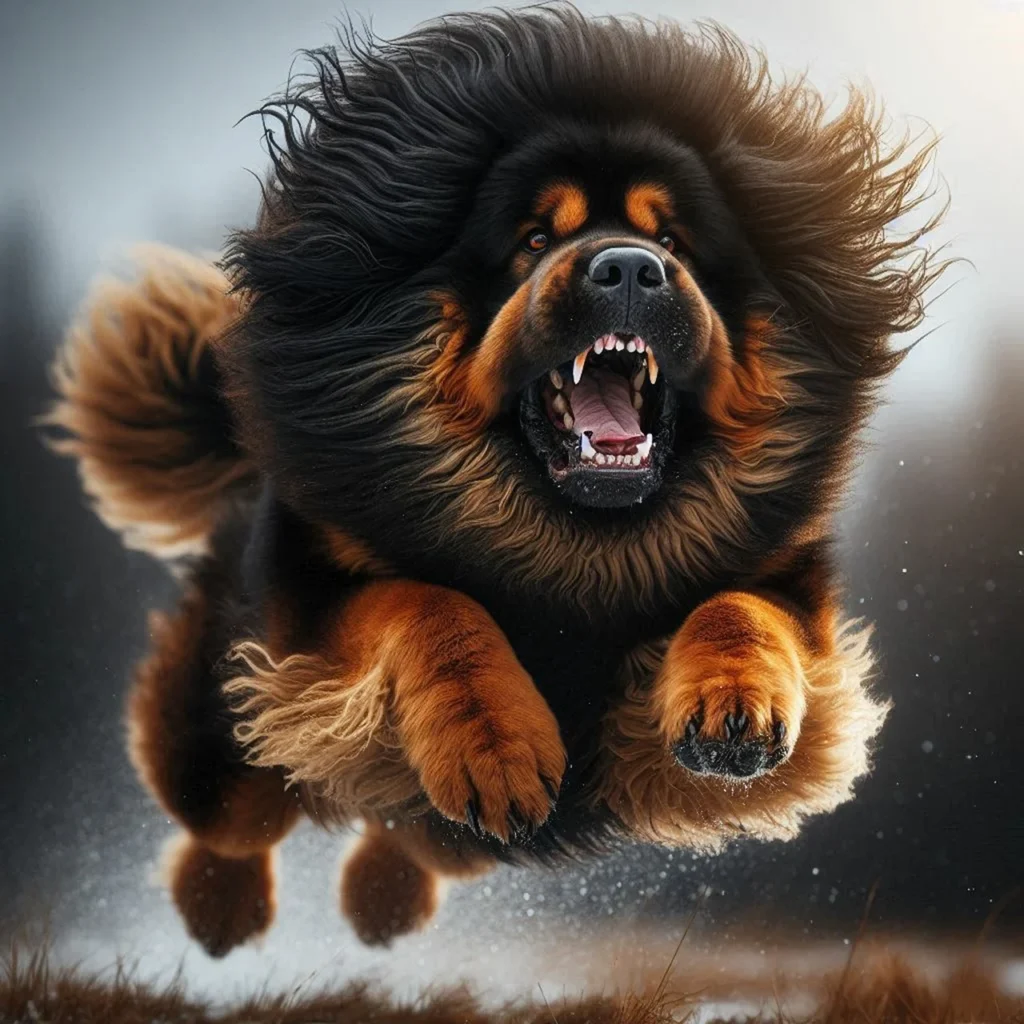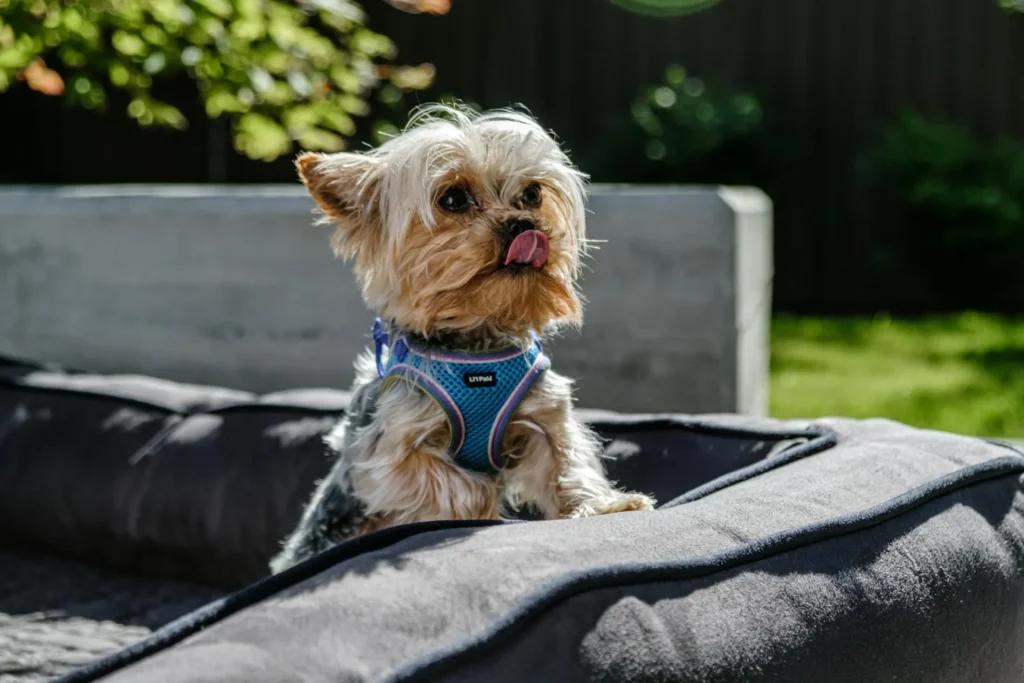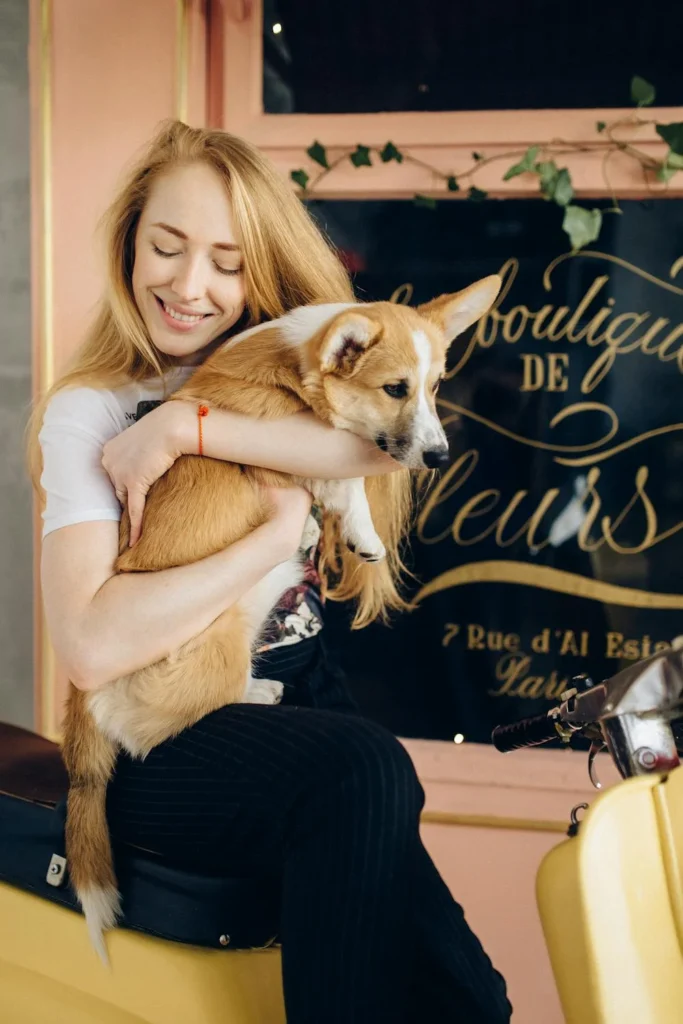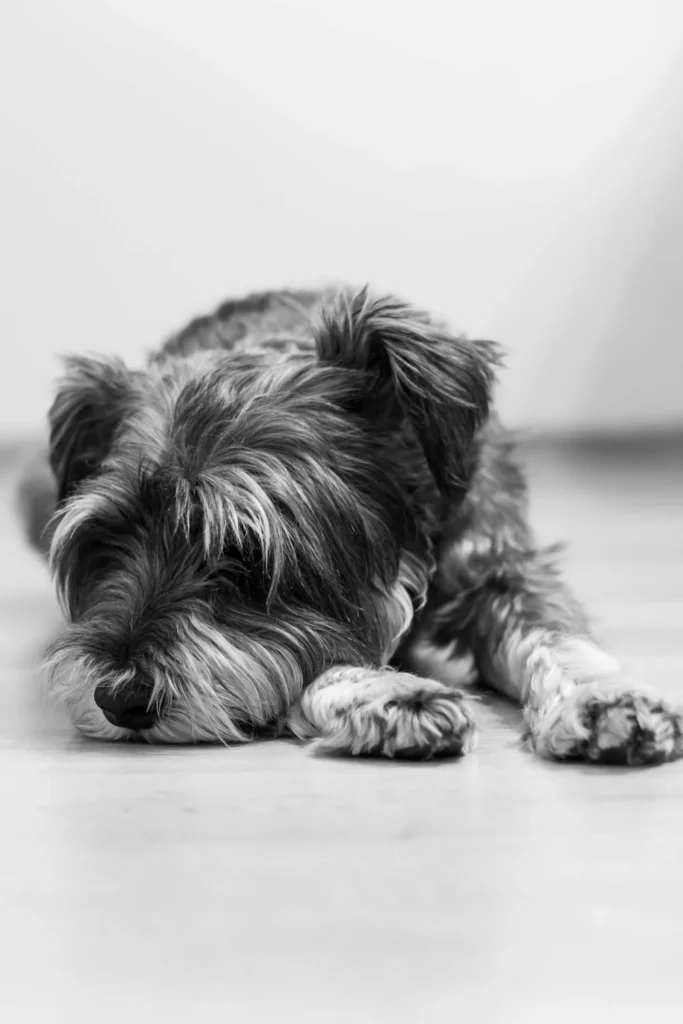- Introduction: A Hairy Situation 🧐
- Understanding Huskies: The Basics 🐕
- The Furry Feast: Why Do Huskies Eat Their Own Fur? 🍽️
- When Do Huskies Eat Their Fur? ⏰
- How Do Huskies Eat Their Fur? 🕵️♂️
- Pros and Cons of Fur-Eating Behavior ✅❌
- Environmental Factors Influencing Fur-Eating 🏠
- What’s Normal, What’s Not: A Fur-Eating Guide 📊
- Facts and Figures: Husky Fur by the Numbers 📈
- Comparing Huskies to Other Breeds: Who’s the Furriest Eater? 🏆
- Poodle Varieties and Fur-Eating: A Comparison 🐩
- Solutions for Husky Fur-Eating Problems 🛠️
- The Role of Diet in Fur-Eating Behavior 🍖
- Grooming Techniques to Minimize Fur-Eating 🧽
- The Psychology Behind Fur-Eating: Understanding Your Husky’s Mind 🧠
- Fur-Eating Across the Husky’s Lifespan 👶👵
- The Impact of Exercise on Fur-Eating Behavior 🏃♂️
- Fur-Eating and Health: When to Worry 🚑
- FAQs About Husky Fur-Eating ❓
- Conclusion: Embracing Your Husky’s Quirks 🎭
Introduction: A Hairy Situation 🧐
Picture this: You’re snuggling with your beloved Husky, running your fingers through their luxurious coat, when suddenly you notice them chomping down on their own fur. Puzzled, you wonder, “Why on earth is my Husky eating their own fur?” 🤔 Don’t worry, fellow dog lover – you’re not alone in this hairy predicament!
In this comprehensive guide, we’ll dive deep into the fascinating (and sometimes perplexing) world of Huskies and their fur-eating habits. We’ll explore the reasons behind this behavior, when it occurs, how it happens, and everything in between. So, grab a cup of coffee ☕, settle in, and let’s embark on this furry adventure!
Understanding Huskies: The Basics 🐕
Before we can unravel the mystery of fur-eating, let’s get to know our fluffy friends a little better:
Husky 101: Meet the Majestic Fur-ball 🐾
Siberian Huskies are a breed known for their:
- Striking appearance with thick double coats
- Energetic and playful personalities
- Strong pack mentality
- Intelligence (and sometimes stubborn nature)
- Endurance and strength (originally bred as sled dogs)
- Tendency to shed… a lot!
These beautiful dogs have captured the hearts of many, but they also come with their own set of quirks – including, sometimes, a taste for their own fur.

The Furry Feast: Why Do Huskies Eat Their Own Fur? 🍽️
Now, let’s tackle the big question: Why would a Husky decide to munch on their own fur? There are several reasons this might occur:
1. Natural Grooming Behavior Gone Overboard 🧼
Huskies, like all dogs, groom themselves. Sometimes, this natural behavior can lead to accidental ingestion of fur.
2. Anxiety or Stress 😰
Fur-eating can be a coping mechanism for anxious or stressed Huskies.
3. Boredom 😴
A bored Husky might turn to fur-eating as a form of entertainment.
4. Nutritional Deficiencies 🥬
In some cases, Huskies might eat fur seeking nutrients missing from their diet.
5. Medical Issues 🏥
Certain health problems can lead to compulsive fur-eating behavior.
6. Pica 🍴
This condition causes dogs to eat non-food items, including fur.
7. Attention-Seeking Behavior 👀
Some Huskies might eat fur to get their owner’s attention.
When Do Huskies Eat Their Fur? ⏰
Understanding the timing of this behavior can provide clues about its cause:
- During shedding season: Huskies shed heavily twice a year, increasing the likelihood of fur ingestion.
- After meals: Some Huskies might “dessert” on their fur after eating.
- When left alone: Boredom or separation anxiety can trigger fur-eating.
- During grooming: Accidental ingestion can occur during self-grooming sessions.
- In stressful situations: New environments or changes in routine might lead to fur-eating.
How Do Huskies Eat Their Fur? 🕵️♂️
The process of fur-eating can vary, but typically involves:
- Licking and chewing: Huskies might lick and chew areas of their body they can reach.
- Pulling out loose fur: They may pull out loose fur with their teeth.
- Eating shed fur: Some Huskies eat fur they find around the house.
- Nibbling on their tail: Tail-chasing and nibbling is common in some Huskies.
Pros and Cons of Fur-Eating Behavior ✅❌
While it might seem strange, fur-eating isn’t always harmful. Let’s weigh the pros and cons:
Pros:
- Natural grooming aid
- Stress relief (in moderation)
- Can alert owners to underlying issues
Cons:
- Risk of intestinal blockages
- Potential nutrient imbalances
- May indicate health problems
- Can become a compulsive behavior
Environmental Factors Influencing Fur-Eating 🏠
A Husky’s environment can significantly impact their tendency to eat fur:
- Living space: Limited space can lead to boredom and fur-eating.
- Climate: Huskies in warm climates may shed more, increasing fur ingestion risk.
- Household stress: Tense home environments can trigger stress-related fur-eating.
- Access to outdoors: Lack of outdoor time can increase boredom-related behaviors.
- Presence of other pets: Competition or play with other pets might affect fur-eating habits.
What’s Normal, What’s Not: A Fur-Eating Guide 📊
It’s crucial to distinguish between normal grooming and problematic fur-eating:
| Normal Behavior | Cause for Concern |
|---|---|
| Occasional licking and nibbling | Excessive fur-pulling or eating |
| Gentle self-grooming | Bald spots or skin irritation |
| Mild interest in shed fur | Vomiting hairballs frequently |
| Short episodes of fur-eating | Prolonged, obsessive fur-eating sessions |
Facts and Figures: Husky Fur by the Numbers 📈
Let’s look at some interesting statistics related to Huskies and their fur:
- Huskies typically shed their undercoat twice a year
- A Husky can have up to 90% of their undercoat shed during “blowing coat” season
- The average Husky has about 60 hairs per square centimeter
- Husky fur can be up to 5 cm long in some areas
- A healthy Husky coat consists of a dense undercoat and longer guard hairs
Comparing Huskies to Other Breeds: Who’s the Furriest Eater? 🏆
While Huskies are known for their fur-eating tendencies, how do they compare to other breeds?
| Breed | Fur-Eating Tendency | Reasons |
|---|---|---|
| Husky | High | Double coat, high shedding |
| German Shepherd | Moderate | Double coat, prone to anxiety |
| Labrador Retriever | Low to Moderate | Food-motivated, may eat anything |
| Poodle | Low | Low-shedding, different coat type |
| Chihuahua | Low | Short coat, less fur to eat |
Poodle Varieties and Fur-Eating: A Comparison 🐩
Since we mentioned Poodles, let’s explore how different Poodle varieties compare in terms of fur-eating behavior:
| Poodle Variety | Fur-Eating Tendency | Notes |
|---|---|---|
| Standard Poodle | Low | Low-shedding, requires regular grooming |
| Miniature Poodle | Very Low | Smaller size, less fur to ingest |
| Toy Poodle | Extremely Low | Tiny size, minimal fur ingestion risk |
Age can also play a role in a Poodle’s likelihood to eat fur:
- Puppies: May experiment with fur-eating out of curiosity
- Adults: Generally low tendency due to coat type
- Seniors: May develop compulsive behaviors, including fur-eating
Solutions for Husky Fur-Eating Problems 🛠️
If your Husky’s fur-eating habit is becoming a concern, try these solutions:
- Regular grooming: Brush your Husky daily to remove loose fur.
- Dietary adjustments: Consult your vet about potential nutritional deficiencies.
- Increase exercise: A tired Husky is less likely to engage in compulsive behaviors.
- Provide mental stimulation: Puzzle toys can alleviate boredom.
- Address anxiety: Consider professional training or behavior modification.
- Medical check-up: Rule out underlying health issues with a vet visit.
- Use deterrent sprays: Safe, bitter-tasting sprays can discourage fur-eating.
- Provide alternative chewing options: Offer appropriate chew toys.
The Role of Diet in Fur-Eating Behavior 🍖
A Husky’s diet can significantly influence their tendency to eat fur. Here’s what you need to know:
Essential Nutrients for Healthy Fur:
- Protein: Crucial for hair growth and strength
- Omega-3 fatty acids: Promotes skin health and reduces inflammation
- Vitamin E: Supports skin cell function
- Biotin: Aids in fatty acid metabolism for healthy skin and coat
Foods That May Help Reduce Fur-Eating:
- Salmon (rich in Omega-3s)
- Eggs (high in protein and biotin)
- Sweet potatoes (good source of vitamin E)
- Blueberries (packed with antioxidants)
Always consult with your veterinarian before making significant changes to your Husky’s diet.
Grooming Techniques to Minimize Fur-Eating 🧽
Proper grooming can significantly reduce your Husky’s urge to eat their fur:
- Regular brushing: Use a deshedding tool 2-3 times a week
- Bathing schedule: Bathe your Husky every 6-8 weeks
- Professional grooming: Consider professional grooming during heavy shedding seasons
- Coat conditioning: Use dog-specific conditioners to keep the coat healthy
- Trim problem areas: Keep fur around paws and sanitary areas trimmed
The Psychology Behind Fur-Eating: Understanding Your Husky’s Mind 🧠
To truly address fur-eating, it’s essential to understand the psychological factors at play:
- Instinctive behavior: Fur-eating can be rooted in wild canine behavior
- Comfort-seeking: Some Huskies find fur-eating soothing
- Attention-seeking: Fur-eating might be a cry for attention
- Compulsive disorder: In some cases, fur-eating can become an obsessive behavior
- Learned behavior: Puppies might learn fur-eating from their mother or littermates
Fur-Eating Across the Husky’s Lifespan 👶👵
Fur-eating tendencies can change as your Husky ages:
- Puppies (0-1 year): May eat fur out of curiosity or teething discomfort
- Adolescents (1-3 years): Might develop fur-eating habits due to excess energy or anxiety
- Adults (3-7 years): Fur-eating often stabilizes, influenced by established habits
- Seniors (7+ years): May experience increased fur-eating due to medical issues or cognitive changes
The Impact of Exercise on Fur-Eating Behavior 🏃♂️
Exercise plays a crucial role in managing fur-eating:
- Physical benefits: Regular exercise reduces stress and anxiety
- Mental stimulation: Varied activities prevent boredom
- Bonding opportunity: Exercise time strengthens the human-dog bond
- Energy outlet: A well-exercised Husky is less likely to engage in compulsive behaviors
Aim for at least 2 hours of exercise daily for adult Huskies.
Fur-Eating and Health: When to Worry 🚑
While occasional fur-eating isn’t usually cause for alarm, certain signs warrant veterinary attention:
- Excessive vomiting: Especially if hairballs are frequent
- Changes in appetite or weight: Could indicate digestive issues
- Lethargy or depression: Might suggest an underlying health problem
- Visible skin irritation or bald patches: Could be a sign of allergies or skin conditions
- Behavioral changes: Sudden increase in fur-eating or other odd behaviors
FAQs About Husky Fur-Eating ❓
- Q: Is it normal for Huskies to eat their fur?
A: While some fur ingestion during grooming is normal, excessive fur-eating is not. - Q: Can eating fur harm my Husky?
A: In large amounts, ingested fur can cause intestinal blockages. - Q: How can I tell if my Husky is eating too much fur?
A: Watch for excessive licking, chewing, or the presence of fur in stool or vomit. - Q: Will my Husky grow out of eating fur?
A: It depends on the cause. Some puppies outgrow it, while others may need intervention. - Q: Can changing my Husky’s diet stop fur-eating?
A: A balanced diet can help, but it’s best to consult with a vet for personalized advice.
Conclusion: Embracing Your Husky’s Quirks 🎭
Living with a Husky means embracing a world of fluffy, sometimes perplexing, always lovable quirks. While fur-eating can be concerning, understanding its causes and implementing proper care can help manage this behavior.
Remember, every Husky is unique. What works for one might not work for another. Always prioritize your furry friend’s health and happiness, and don’t hesitate to seek professional help if needed.
With patience, understanding, and a good sense of humor, you and your Husky can navigate the world of fur-eating together. After all, a little extra fluff in their diet just adds to their charm, right? (Just kidding – please do try to minimize actual fur consumption!) 🐾❤️
So, the next time you catch your Husky mid-fur-feast, take a deep breath, reach for that brush, and remember – you’re in for a wild, woolly, and wonderful ride with your furry best friend!

